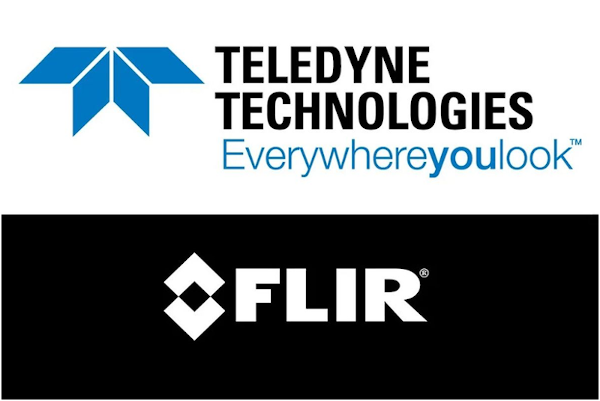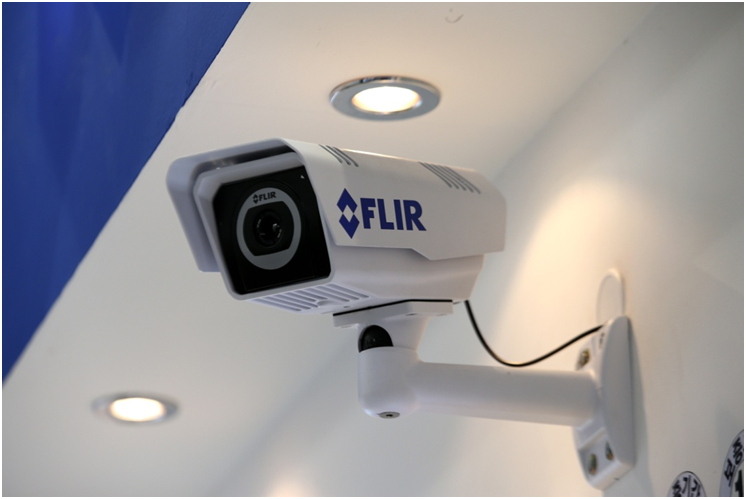
Charles R. Goulding and Preeti Sulibhavi consider a major imaging acquisition that may see an impact in 3D printing.
We recently authored a Fabbaloo article covering exciting developments at FLIR. FLIR is the world’s leading thermal imaging company and recently purchased a drone manufacturer, Altavian, Inc.
Teledyne also makes cameras and infrared systems, as well as digital imaging systems. Teledyne has acquired FLIR for $8 billion in cash and stock. Wall Street analysts have characterized the merger as creating a super-sized sensor company. Teledyne is a Fortune 500 company founded in 1960 and has sales exceeding $3 billion. This is the largest acquisition in the company’s history.
Teledyne has large electronics and defense-related businesses and should be able to support FLIR’s targeted growth opportunities. Sales of FLIR’s skin temperature detection systems have boomed during the COVID-19 pandemic.
FLIR technology has been used in conjunction with 3D printing for some time now. Whether FLIR is used to troubleshoot quality issues with 3D printers or 3D printing is used to design and develop parts for FLIR cameras and mounting fixtures, FLIR and 3D printing have been helping each other out. Teledyne’s purchase of FLIR stands to enhance this direct relationship.

Companies engaged in 3D printing activities and similar developments may be eligible for the Research and Development Tax Credit.
The Research & Development Tax Credit
Whether it’s used for creating and testing prototypes or for final production, 3D printing is a great indicator that R&D Credit eligible activities are taking place. Companies implementing this technology at any point should consider taking advantage of R&D Tax Credits.
Enacted in 1981, the now permanent Federal Research and Development (R&D) Tax Credit allows a credit that typically ranges from 4%-7% of eligible spending for new and improved products and processes. Qualified research must meet the following four criteria:
- Must be technological in nature
- Must be a component of the taxpayer’s business
- Must represent R&D in the experimental sense and generally includes all such costs related to the development or improvement of a product or process
- Must eliminate uncertainty through a process of experimentation that considers one or more alternatives
Eligible costs include US employee wages, cost of supplies consumed in the R&D process, cost of pre-production testing, US contract research expenses, and certain costs associated with developing a patent.
On December 18, 2015, President Obama signed the PATH Act, making the R&D Tax Credit permanent. Since 2016, the R&D credit has been used to offset Alternative Minimum Tax (AMT) for companies with revenue below $50MM and, startup businesses can obtain up to $250,000 per year in payroll tax cash rebates.
On the Radar
FLIR is a leader in its product class and the pandemic has propelled sales of its merchandise. This is a transformational acquisition for Teledyne, embodying high-risk for potentially high-growth.
